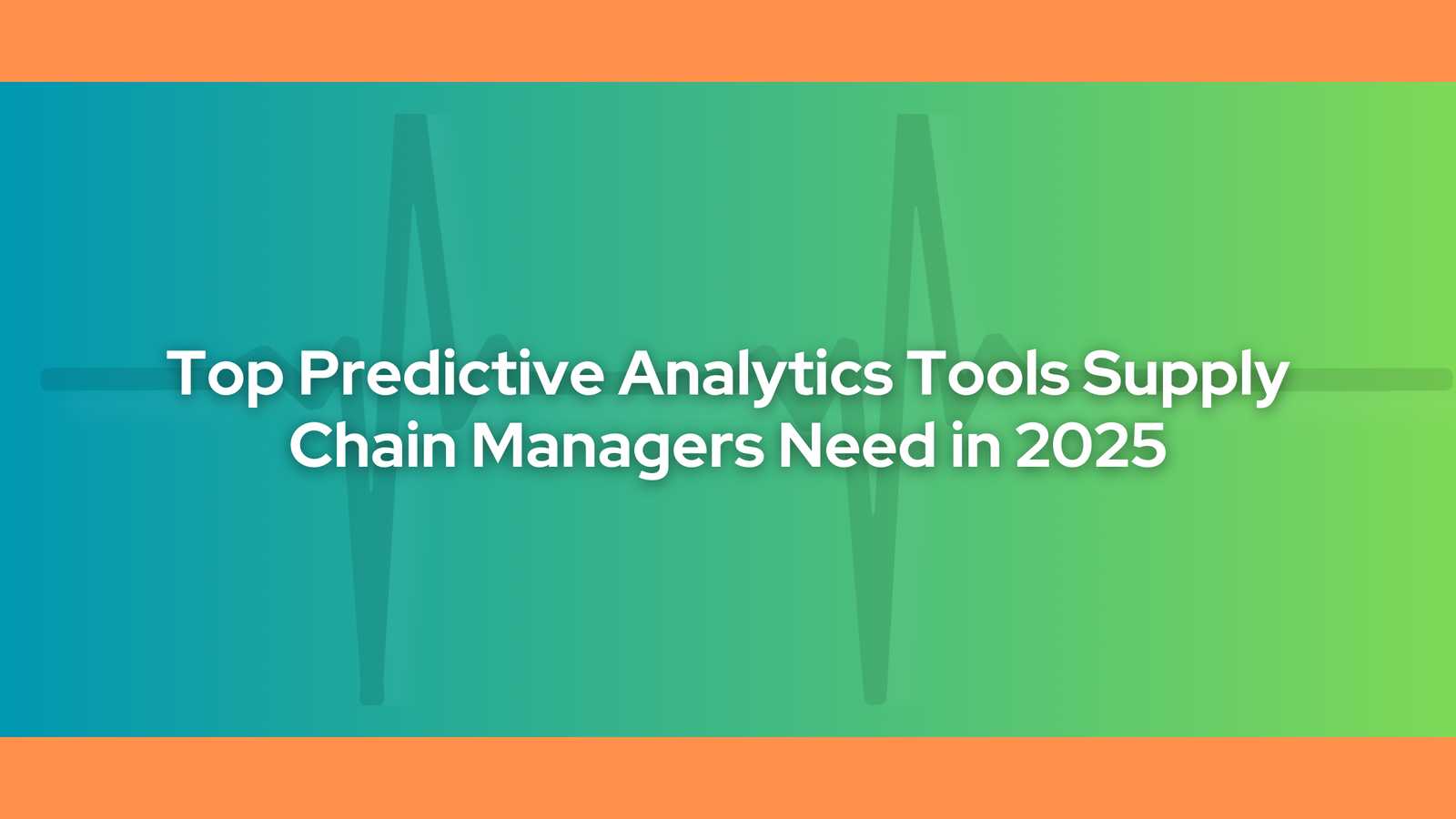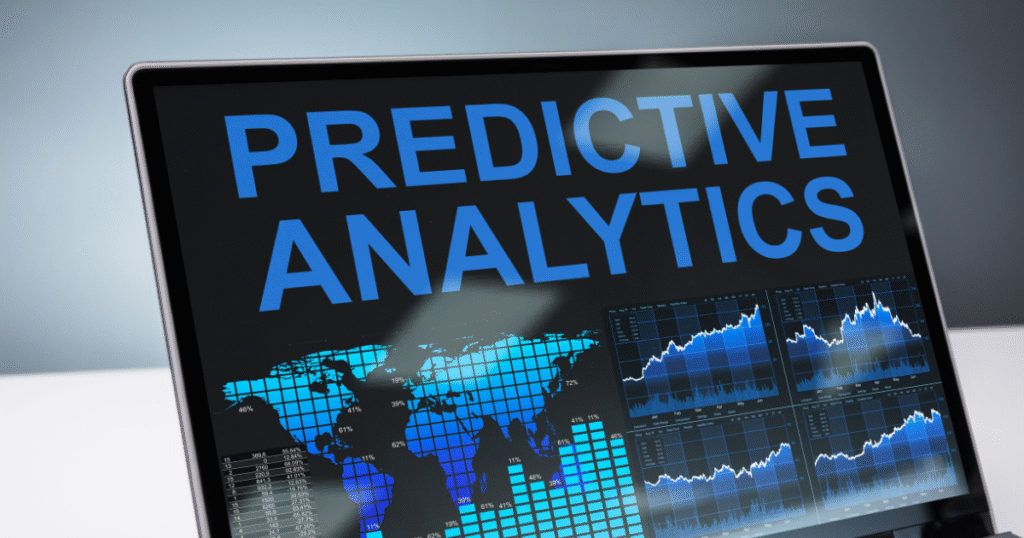
As supply chain managers operate in a world of uncertainty, changing demand trends, and global disruptions, they utilize predictive analytics to anticipate problems and hurdles. By utilizing data, statistical models, and machine learning algorithms, predictive analytics enables the forecasting of future events based on past trends. With supply chains, this tool can help anticipate demand changes, improve inventory levels, minimize downtime, and cut waste. So, knowing the top predictive analytics tools is crucial for supply chain managers not just to boost productivity but also to help them in decision-making and choosing appropriate solutions.
According to a March 2025 article from Acropolium, 91% of businesses think artificial intelligence (AI) and predictive analytics will be crucial in the next two years. Meanwhile, 72% of businesses think that delaying technology investment could jeopardize their capacity to remain viable in the future.
As AI and machine learning become more widely available, businesses may now choose from an increasing array of advanced solutions. As described in a research report from Grand View Research, from 2025 to 2030, the global predictive analytics market will expand at a compound annual growth rate (CAGR) of 28.3%, from its 2024 valuation of $18.89 billion.
Here’s a list of the best predictive analytics for 2025 that supply chain management could choose from.

The well-known brand in enterprise resource planning, SAP, provides a potent blend of SAP IBP and SAP Analytics Cloud that offers supply chain-specific planning features along with cutting-edge analytics. IBP is specifically designed for inventory optimization, demand sensing, and real-time visibility. Meanwhile, SAC offers built-in predictive analytics, dashboards, and strong data visualizations.
According to SAP’s website and BARC, when used together, these technologies complement each other. SAC improves the insights produced by IBP and enables more informed planning choices in the areas of inventory, logistics, and procurement.
Maestro, formerly known as Kinaxis RapidResponse, is a supply chain planning platform created specifically for speed and agility. It is a preferred solution for intricate industries like pharmaceuticals and automobiles because of its real-time simulation, what-if scenario modeling, and concurrent planning capabilities.
The concurrent planning technique, according to Kinaxis and Pharmaceutical Technology, enables businesses to make decisions about supply, demand, and inventory management in real time.
ToolsGroup’s predictive engine is primarily focused on inventory efficiency and demand planning, according to their website. It employs AI to strike a balance between working capital and service levels, particularly in sectors with erratic demand like retail and fast-moving consumer goods (FMCG).

The o9 Solutions’ Digital Brain platform, according to their website, creates a thorough digital twin of your supply chain using AI to facilitate demand forecasting, scenario modeling, and disruption reaction in real time. Vestas and other large international retailers trust this cloud-native solution.
SAS claims that it provides one of the most complete analytics solutions available. Its supply chain modules facilitate machine learning-powered forecasting, logistics optimization, and predictive modeling—features that are especially beneficial for big, data-rich businesses that need scalable, AI-driven decision assistance.
Disruptions to the supply chain are unavoidable, but being caught off guard is not. By utilizing the top predictive analytics tools currently available, supply chain managers can transition from reactive firefighting to a proactive strategy. These tools are decision enhancers, not merely data dashboards.